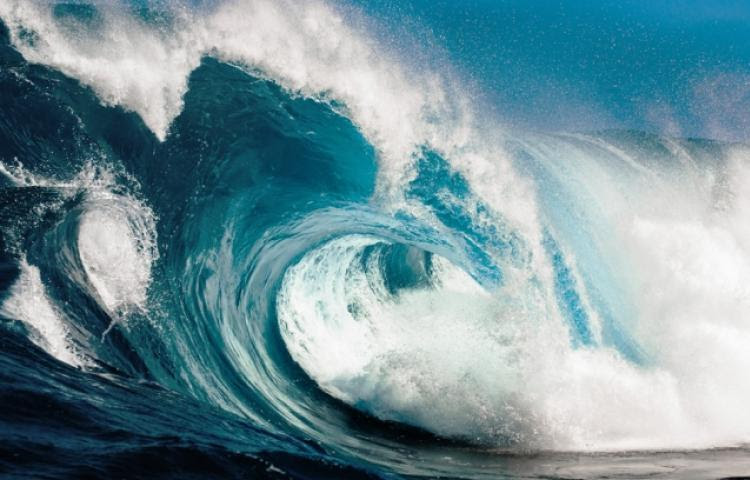Photo – MIT
It is a building of water nearly 18 meters high that was recorded off Ucluelet, near Vancouver, British Columbia. A gigantic ocean wave called a scelerate wave.
All sailors are afraid to encounter this natural phenomenon. It is a hill that forms on the surface of the water and causes boats to sink. For years, the rogue waves were only a myth told by sailors.
However, the famous Japanese painter Katshushika Hokusai had immortalized one of them in the 19th century, in the famous engraving The Great Wave of Kanagawa.

Since then, thanks to various scientific tools that allow us to record sea waves, their existence has been proven. Resulting from the combination of the depth of the sea, the speed and direction of the wind, and the characteristics of the sea bed, the phenomenon remains unpredictable.
Officially, the first rogue wave was observed in 1995. Off the Norwegian coast, the wave of about 26 meters high hit the oil platform Draupner. But it was in Canada that the most extreme rogue wave ever recorded rose from the waves. Captured in November 2020, it was published on February 2 in the journal Nature. The massive wall of water was three times higher than the surrounding waves, according to data collected by sensor buoys at the Canadian research institute MarineLabs.
“Only a few deep-water rogue waves have been observed directly, and never anything of this magnitude. The probability of such an event is 1 in 1,300 years,” explained a physicist from the University of Victoria, Johanness Gemmrich, in a statement. Fortunately, this natural phenomenon has not caused any casualties or damage.



Comment here